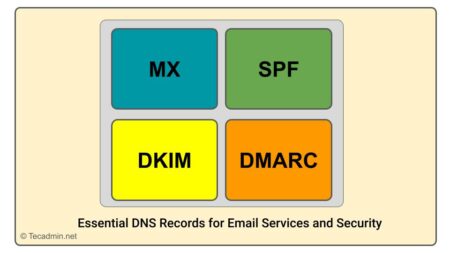In the digital age, blogging has become an influential platform for self-expression, education, and even income generation. Whether you’re a hobbyist eager to share your passion with the world, a professional looking to establish your online presence, or an entrepreneur planning to leverage blogging for business, this comprehensive guide will equip you with the basics and beyond. Welcome to the ABC of Blogging – your step-by-step guide to a successful start.
A – Assess Your Purpose and Passion
Before you dive headfirst into the world of blogging, take some time to assess your purpose. Why do you want to start a blog? Are you passionate about a particular subject? Do you want to share your expertise, inspire others, promote your business, or maybe even make money from your content? Understanding your ‘why’ will help you stay motivated and focused on your blogging journey.
B – Brainstorm Your Niche
Once you’ve identified your purpose, it’s time to choose your niche. Your niche is the specific topic or area of interest your blog will focus on. It could be as broad as lifestyle or as narrow as vegan baking recipes. When selecting your niche, consider your passions, your areas of expertise, and the potential audience interest. A well-defined niche will help attract a targeted audience and establish your blog as a go-to resource in that area.
C – Choose Your Blogging Platform
Now, it’s time to choose your blogging platform. There are numerous platforms available, including WordPress, Blogger, Medium, and more. WordPress, with its user-friendly interface and numerous customization options, is the most popular. However, the right platform for you depends on your technical comfort level, budget, and specific needs. Compare the features, costs, and pros and cons of different platforms before making your decision.
D – Decide on Your Blog Name and Domain
Your blog name should be memorable, relevant to your niche, and easy to type. Once you’ve come up with a name, you’ll need to check if the corresponding domain name (the URL where your blog will be located) is available. Numerous domain name registrars like GoDaddy, Namecheap, or Bluehost can help you with this. Ideally, opt for a .com domain as it’s the most recognized and trusted by web users.
E – Establish Your Blog’s Aesthetics
The look and feel of your blog, also known as your blog’s theme or template, is crucial. It not only makes your blog visually appealing but also contributes to the user experience. Most blogging platforms offer a range of free and premium themes. Choose a clean, responsive theme that aligns with your niche and personal style. Remember, a clutter-free design and easy navigation are key to retaining visitors.
F – Fill Your Blog with Quality Content
Content is the heart of your blog. It’s what attracts readers and keeps them coming back. Create high-quality, original content that provides value to your audience. This could be informative, entertaining, inspirational, or a mix of all three. Aim for a consistent posting schedule, whether that’s daily, weekly, or monthly. Don’t forget to proofread and edit your posts for clarity, coherence, and grammar.
G – Grow Your Audience
Once your blog is up and running, it’s time to attract and grow your audience. Social media is a powerful tool for promoting your blog. You can also use SEO (Search Engine Optimization) techniques to make your blog more discoverable on search engines. Engage with your audience by responding to comments and emails. Networking with other bloggers in your niche can also help grow your audience.
H – Handle the Technical Aspects
Blogging isn’t just about writing—it also involves handling some technical aspects. This includes optimizing your site for SEO, managing your website’s security, backing up your blog regularly, and updating your theme and plugins as needed. Don’t worry if you’re not tech-savvy—there are numerous online resources and tutorials to help you navigate these aspects.
I – Invest in Learning
Blogging is a constant learning process. Stay updated with the latest blogging trends, SEO strategies, and content creation tips. There are many free and paid resources online, including blogs, eBooks, webinars, and courses. Investing in learning will help you improve your blog and stay competitive.
J – Journey Towards Monetization
If you’re planning to make money from your blog, consider the different monetization strategies. These include advertising (like Google AdSense), affiliate marketing, sponsored posts, selling products or services, and more. Remember, monetization takes time and a substantial amount of traffic, so focus on building your audience and creating valuable content first.
Blogging is an exciting journey of expression, connection, and continuous learning. While it can seem overwhelming at first, taking it step by step and remembering your ABCs can make the process more manageable and enjoyable. So, are you ready to start your blogging journey? Let’s get started!
